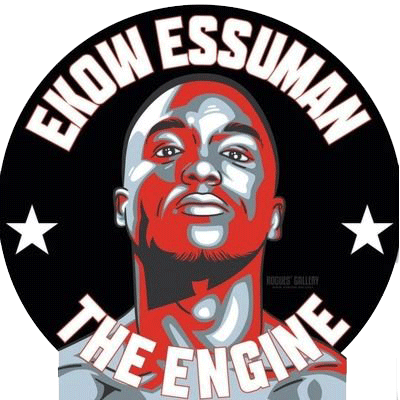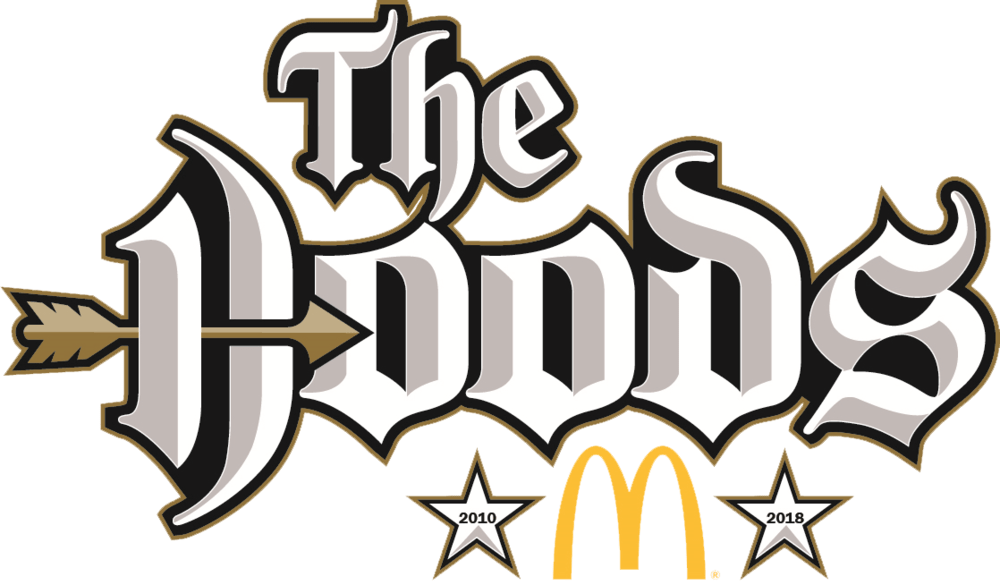Why motor memory and the skill of movement is key to injury recovery

Each day we complete thousands of complex movements without giving them conscious thought. Even when you’re moving deliberately – like during a workout or while playing a football match – your mind is probably not processing the intricate movements coordinating your actions.
But when it comes to injury recovery or learning a new skill, you may notice these movements switch from unconscious to conscious as your brain creates new neural pathways.
Keep reading to discover how movements become unconscious ‘motor memory’ and why understanding this helps injury recovery and prevention.
Brain mapping and movement skills
When learning a new skill and coordinating movements the brain doesn’t recognise, it needs to create ‘maps’. You’ll feel every movement because your brain is mapping these new sensations and awareness of the muscles and nerves involved.
Eventually, and with repetitive movement, your brain will have access to a map that acts as a sort of shortcut to the action. This is when movement becomes reflexive and unconscious. We no longer think through everything required to make our bodies do what we want.
That movement doesn’t even reach the brain: the messages are directed straight to the spinal cord and motor cortex. We’re sprinting, jumping, or even typing quickly on a keyboard without thinking about it.
You might know this as ‘muscle memory’, but sports science writer and researcher Andrew Hamilton more accurately describes it as ‘motor memory’.
So if movement patterns are learned and coded in the brain and become unconscious physical action, what happens when we need to move differently? This comes down to neuroplasticity.
Neuroplasticity is our brain’s ability to adapt to ongoing experiences. There are two forms of neuroplasticity. Structural plasticity is a physical change to the brain due to learning (like a child learning to walk). Functional plasticity is when the brain moves functions from a damaged area of the brain to an undamaged area. That might happen when learning to move a limb paralysed after a stroke.
Unfortunately, there can be some downsides to this plasticity when it comes to our training methods.
Motor movement and reflexes can cause injuries
Sports injury specialist Steve Robson explains that learning or practising motor skills with poor technique can etch incorrect movement patterns into brain maps.
Let’s look at a desk job as an example. If you spend a lot of time sitting at a desk, slightly twisted to one side, your muscles subconsciously adapt to that position. When you get up and move, your body will compensate for the changes in those muscles holding that twisted position.
Our bodies adapt in the same way when we’re injured. Your body will move around the injured muscles to avoid pain triggers. Often this compensation continues even when the pain and swelling have settled down. The result is disordered unconscious movement and an increased risk of re-injury.
Reflexive movement can also cause injuries. When our bodies move, our brain gets feedback from receptors in our skin, muscles and bones to help regulate force or re-direct movement. This process is known as proprioception.
Suppose your body suddenly feels slightly off-balance or needs to adjust to a sudden weight change. In that case, it will adapt to this through proprioception. You don’t even need to think about it.
But how can this harm us? A classic example we see in the clinic sometimes is back injuries flaring after someone bends forward.
In this case, your body relies on several muscles to work together through proprioception to stabilise that movement. In doing so, this tension may also inadvertently compromise part of your back and cause pain or pinching when you stand again.
The good news is our neuroplasticity also means that we can change these brain maps with plenty of practice and reinforcement.
How conscious movement helps injury recovery
Understanding movement and neuroplasticity is essential for injury recovery. It also helps improve athletic performance. By examining actions in detail, we can look for ways to make them more efficient. However, this will take lots of time and practice.
When I work with clients on correcting movement, the key is feeling. Because if you’re not feeling, your brain is not creating a new pathway and is relying on old maps.
This principle also applies to training and conditioning. If you’re not feeling it, you’re probably already strong enough to do that movement. When you’re at the gym and lifting weights with ease, it’s a sign that you need to increase what you’re lifting.
The first thing we do to re-map unconscious movements is break down the complex movement.
For example, if running is causing back pain, here’s what we would do:
- Assess how you run (which involves movements through the back, knee, hip, and ankle)
- See how you squat (moving through the hip, knee and ankle)
- Look at individual components of the knee, ankle, and hip
We want to strip the complex movement back to its components and trigger that feeling to re-map our motor memory. Then we rebuild the complex action, movement by movement. Next, we look at building speed and coordination.
Essentially we want to unlearn and re-write our brain maps while strengthening our movements. Ultimately, educating the mind and body together is the only way we can be confident in helping you recover and prevent any further injuries. So, the good news is you have the power to learn new, more efficient and more effective movement patterns. The bad news is it will always take plenty of practice and persistence.


